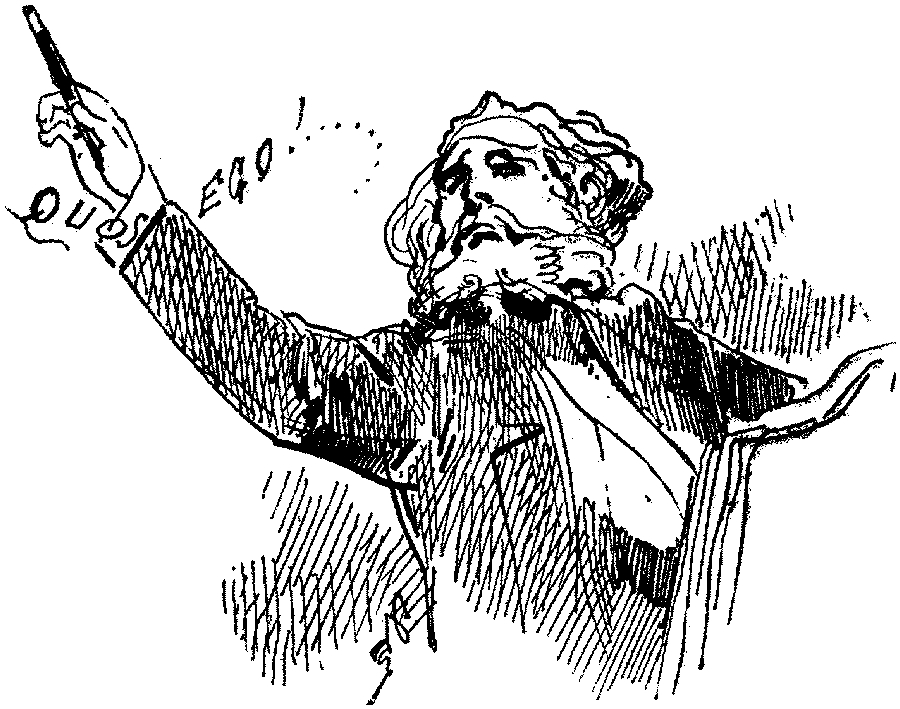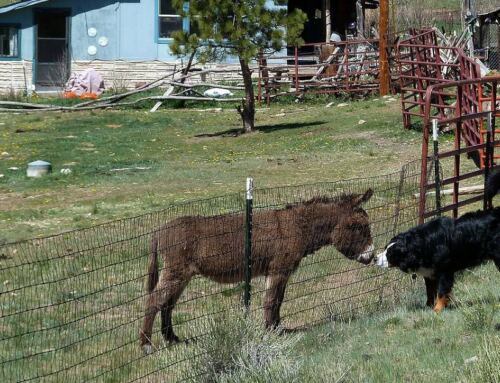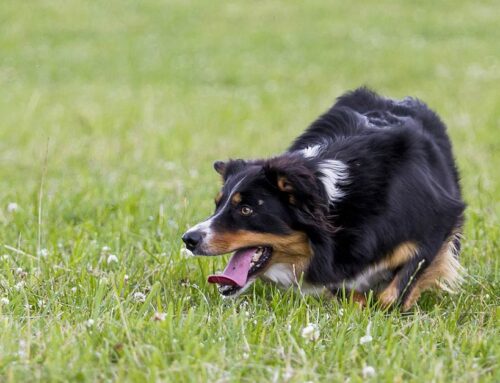When I was a kid I had piano lessons. It was obvious I was no prodigy, and my enthusiasm at the keyboard was in seeing how fast I could play Love Story, but I don’t think the lessons were a complete waste of time and money, even though I convinced my parents that they were. Before I succeeded in ending the lessons I had a teacher who introduced me to chords and how they could be broken down and played note by note in ascending or descending order, one hand taking over for the other in a ballet dance over the keys.
When neuroscientists talk about and study the brain they often describe systems in it going from the bottom up or the top down. The bottom being primal systems that create feelings or emotions, and the top being where executive functions that include decision making occur. For a long time it was believed that humans, especially, operated mainly from the top down- conscious observation and learning creating emotional responses, which they can. What we’ve learned from the study of humans and other mammals is that in many situations it is the responses that occur at the bottom, on the emotional level, which start the process of creating behavior. If one was a gambling kind of person the safest bet would be on the bottom up usurping the top down for dominance in many situations.
Since we’re talking about an integrated system we should assume that in either case, something of both is going on at the same time. The left hand is playing an ascending chord in forte while the right is descending in pianissimo. And because life is dynamic the tune is changing all the time. When we are trying to help a dog who is afraid we are constantly observing these changes and using them to base our decisions on how to respond. Can we slow down the rush of information from the bottom to the top? Can we provide the dog with learning opportunities that help to strengthen the information flowing from the top down? Can we take an experience currently being played in tones of fear and panic and alter it enough so that the descending notes can take on a more central role?
We can, to some extent, in many dogs. The more rehearsed the responses are the more challenging it will be. We may find that the resources we have to work on this process are limited. We may discover that we always need to fall back on managing a dog appropriately so as not to provide opportunities for inappropriate responses to occur. Our ability to do this may be limited, for a variety of reasons.
If we are committed to trying we need to acknowledge the information flowing, quickly, from emotional responses to parts of the brain that form memories and motivate behavior. We need to learn to anticipate these responses so we can minimize them or prevent them from occurring, because once they do, it’s history. At the same time we take advantage of the brain’s system that seeks out rewards. We teach our dogs to do something. What that something is (or somethings are) doesn’t matter so long as it provides a reward. Teaching a dog to sit when you ask, or target your hand, make eye contact or give you their paw, strengthen the top down process.
Most importantly, whatever we do should be founded in creating feelings of what we might call joy. And it begins with us. We become the cue that lets the dog know that the following piece is to be played with light heartedness and a lack of worry.





